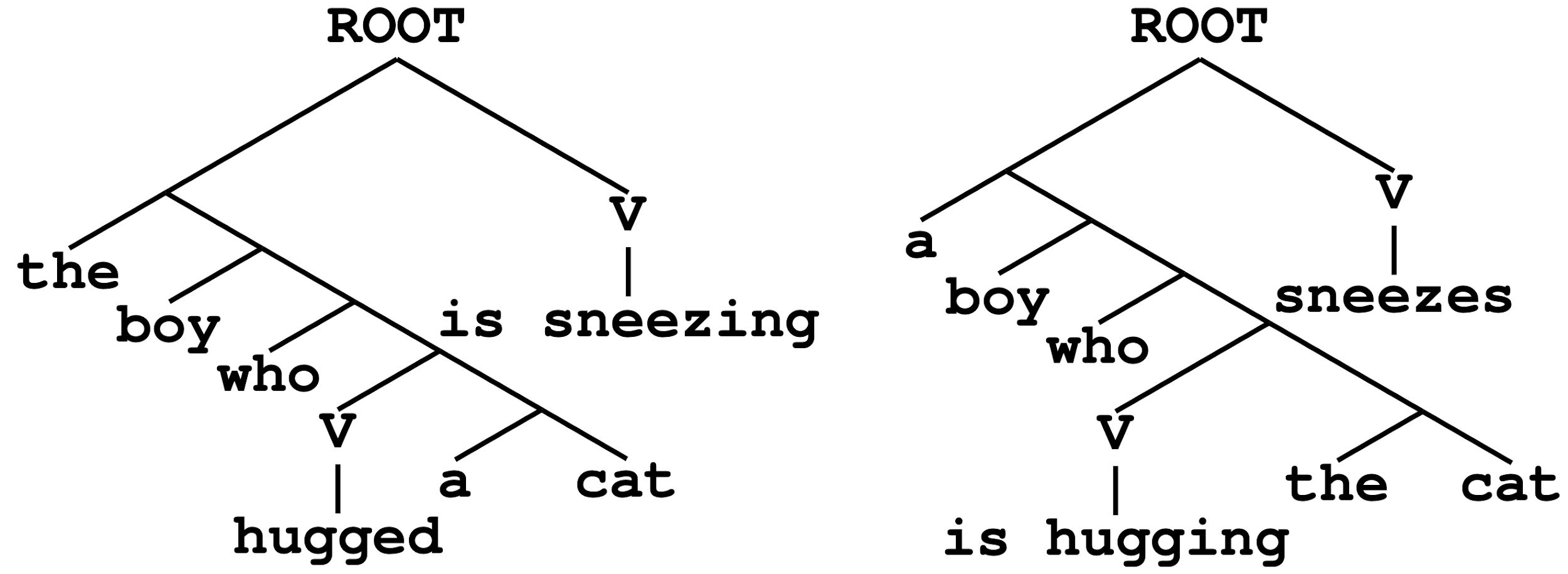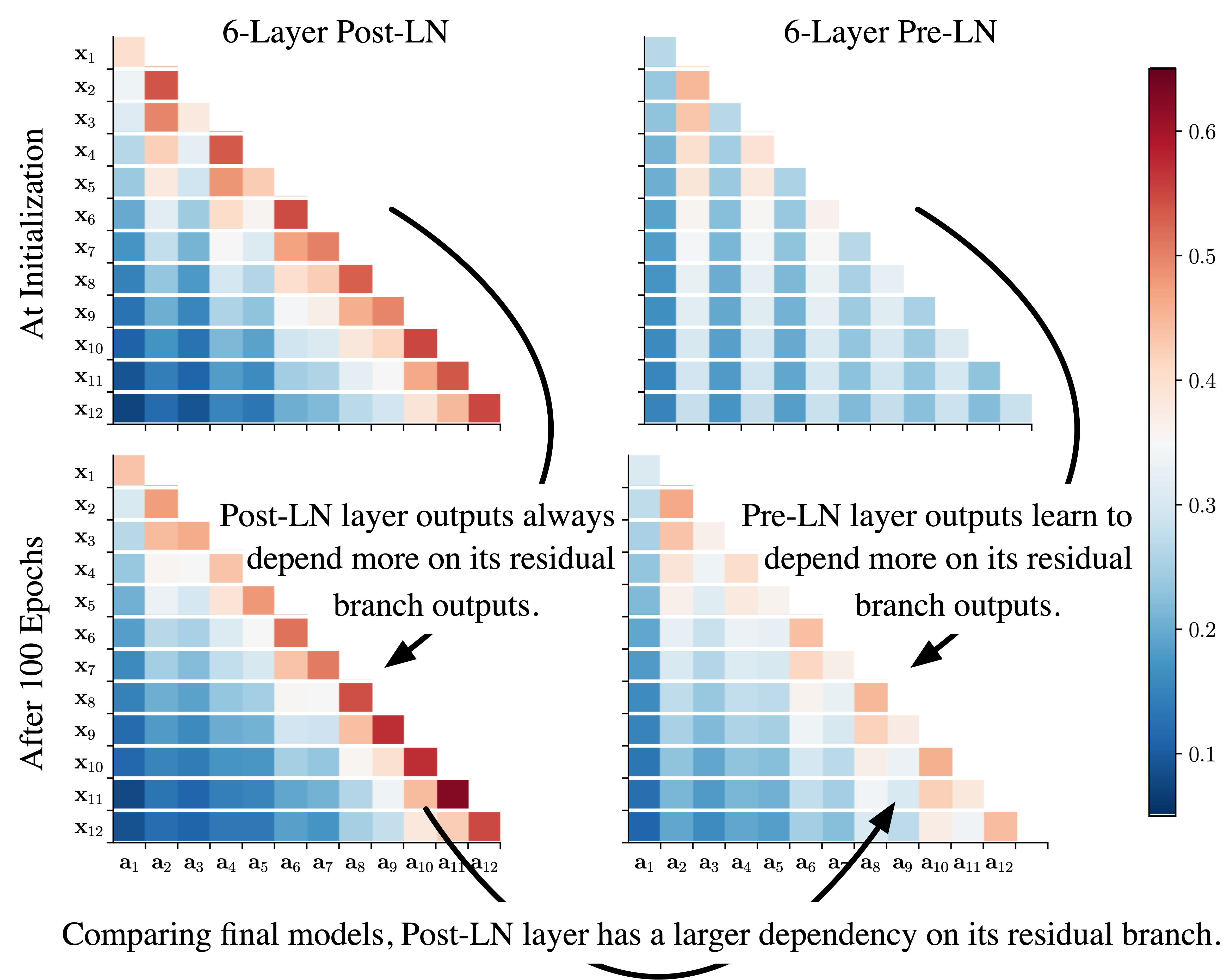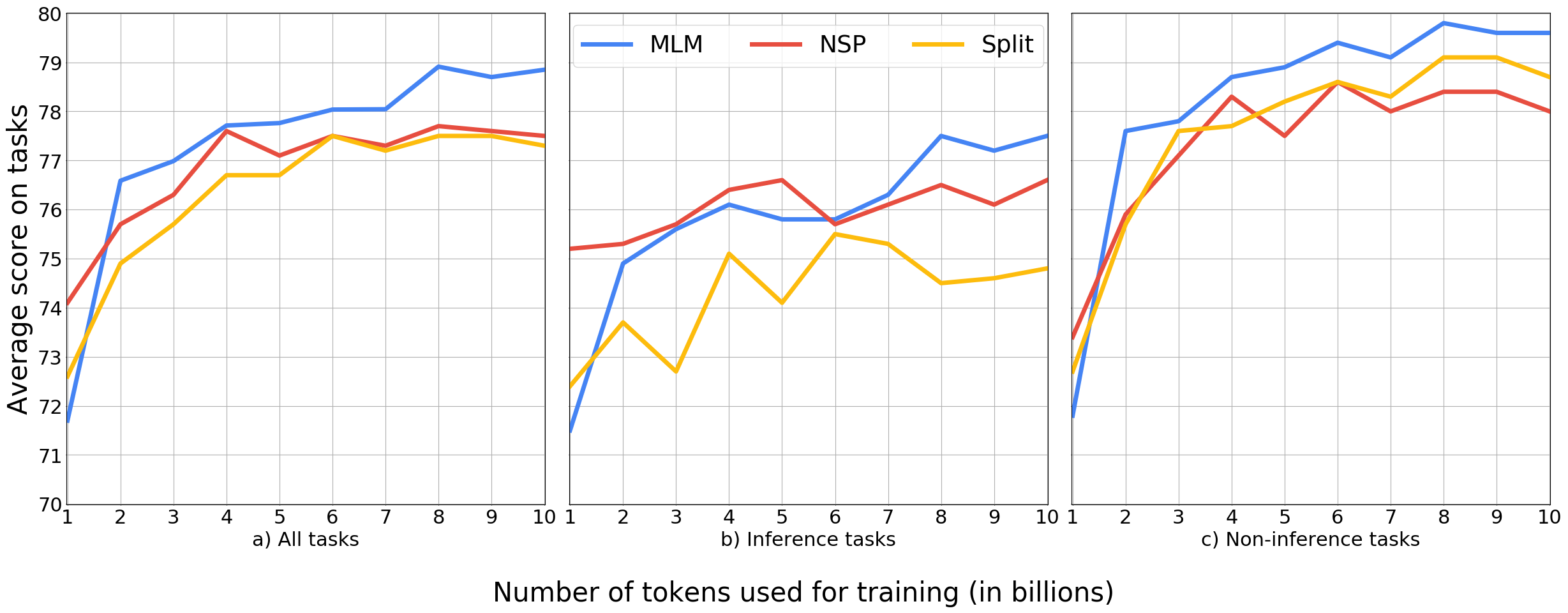Calibration of Pre-trained Transformers
Shrey Desai, Greg Durrett
Machine Learning for NLP Short Paper

You can open the pre-recorded video in a separate window.
Abstract:
Pre-trained Transformers are now ubiquitous in natural language processing, but despite their high end-task performance, little is known empirically about whether they are calibrated. Specifically, do these models' posterior probabilities provide an accurate empirical measure of how likely the model is to be correct on a given example? We focus on BERT and RoBERTa in this work, and analyze their calibration across three tasks: natural language inference, paraphrase detection, and commonsense reasoning. For each task, we consider in-domain as well as challenging out-of-domain settings, where models face more examples they should be uncertain about. We show that: (1) when used out-of-the-box, pre-trained models are calibrated in-domain, and compared to baselines, their calibration error out-of-domain can be as much as 3.5x lower; (2) temperature scaling is effective at further reducing calibration error in-domain, and using label smoothing to deliberately increase empirical uncertainty helps calibrate posteriors out-of-domain.
NOTE: Video may display a random order of authors.
Correct author list is at the top of this page.
Connected Papers in EMNLP2020
Similar Papers
Learning Which Features Matter: RoBERTa Acquires a Preference for Linguistic Generalizations (Eventually)
Alex Warstadt, Yian Zhang, Xiaocheng Li, Haokun Liu, Samuel R. Bowman,

Ensemble Distillation for Structured Prediction: Calibrated, Accurate, Fast—Choose Three
Steven Reich, David Mueller, Nicholas Andrews,

Understanding the Difficulty of Training Transformers
Liyuan Liu, Xiaodong Liu, Jianfeng Gao, Weizhu Chen, Jiawei Han,

